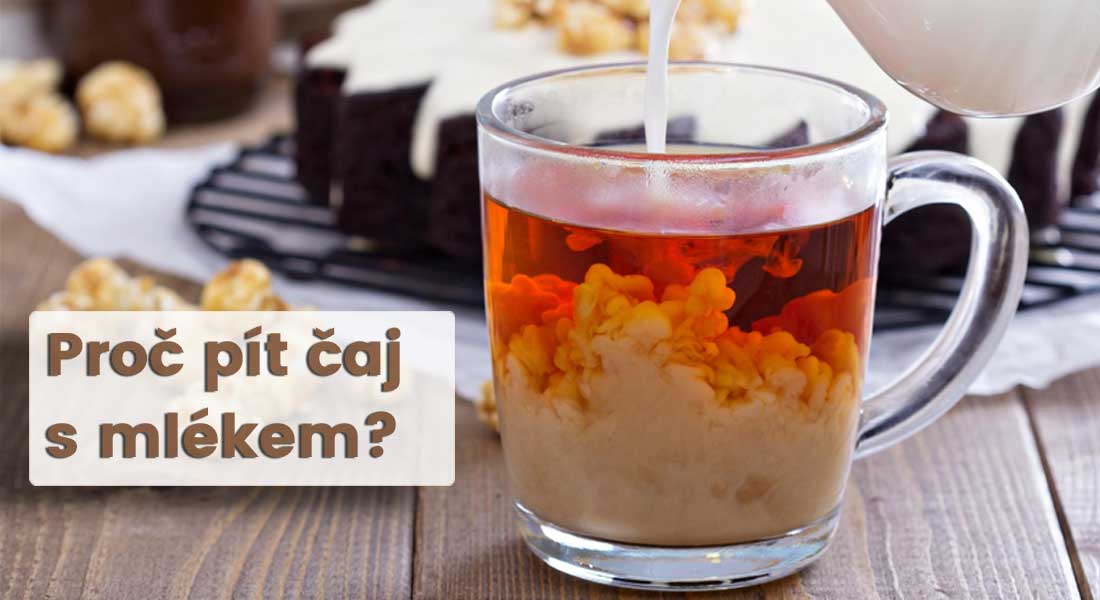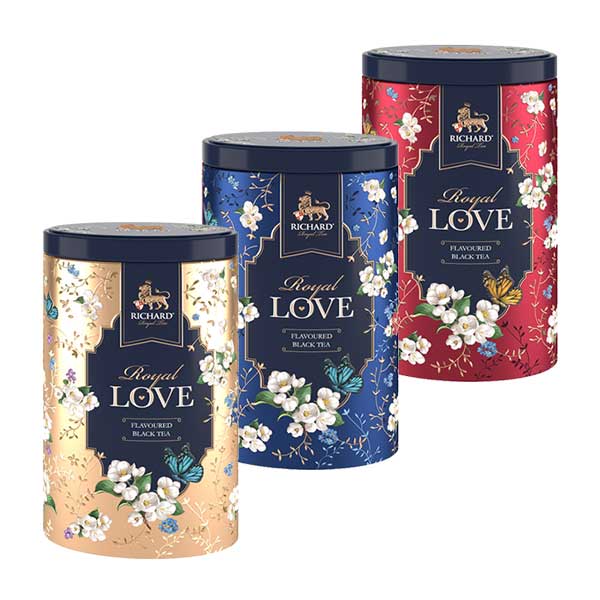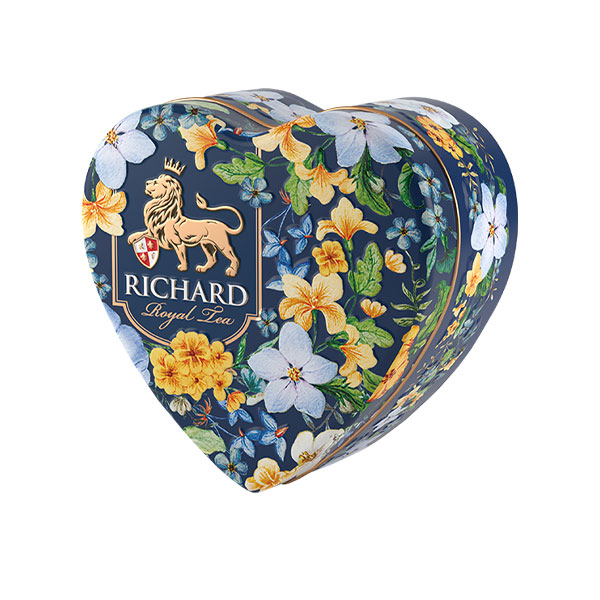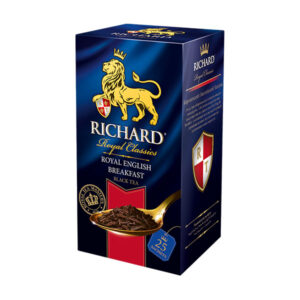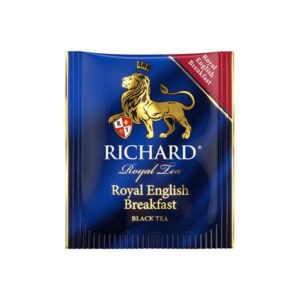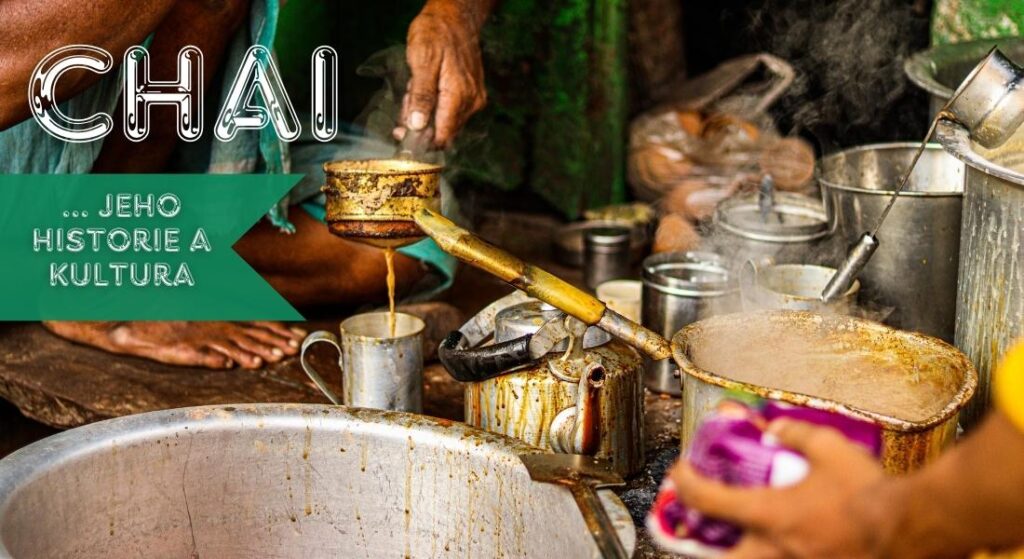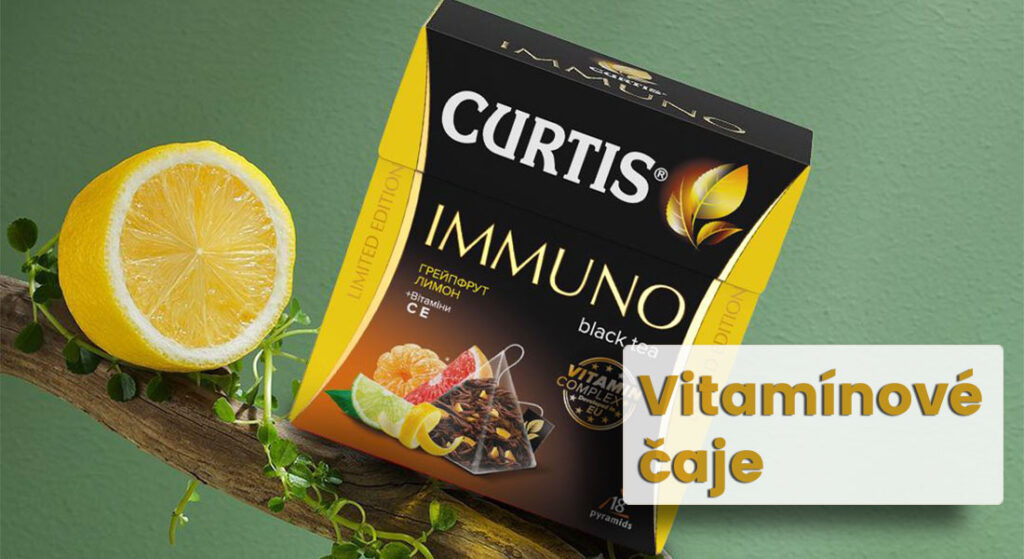Some people find it hard to imagine drinking this combination, while others can't get enough of it. Whatever category you fall into, people have been drinking tea with milk for hundreds of years and it's definitely worth learning about how it came about.
Many attribute the beginning of adding milk to tea to the British, but in reality that is not the case. Tea was not consumed in England until the 17th century, while historical documents show that milk products may have been added to tea in Tibet as early as 781. At this time, tea was brought to Mongolia from China. As unbelievable as it may sound, a Mongolian court physician recorded instructions for preparing a beverage made of tea leaves, butter, and cheese in his notes - "roast the tea leaves until they turn red, then boil them with butter and cheese."
But why is tea with milk still consumed today?

Why add tea to milk. Or milk to tea?
It is difficult to accurately determine why and how people came up with the idea of adding milk or other dairy products to tea. However, there are several theories that could make sense.
One possibility was the quality of the tea itself, which suffered greatly during the journey to Western Europe in the 17th and 18th centuries. Long voyages across the sea with high humidity, improper storage and even fake tea leaves often resulted in infusions that were not particularly tasty. As this unpleasant situation suggests, milk may have started to be added to tea to balance unpleasant odors, sharp flavors, and many other, particularly taste deficiencies.
A second possible theory for adding milk to tea focuses more on the serving of this drink than on the taste. Chinese porcelain cups were small and the tea was made to be consumed quickly. However, Europeans created their own tea china. The cups were nicely shaped and decorated, which was reflected in their higher price. But they were also bigger and could hold more tea, which cooled more slowly. When serving hot tea, it sometimes happened that these cups cracked, so someone thought to add cold milk to the cup first and then hot tea. The resulting temperature of the drink thus decreased and with it the risk of cracking. But the question is, why didn't they just add some cold water to the cup...
There is also a more advanced theory about adding milk to tea, which considers the nnutritional value of milk tea. Well, maybe not so much the nutritional value directly, but rather the ability to provide energy and suppress hunger. As mentioned earlier, Tibetan teas containing dairy products such as butter and cheese provided the necessary energy for their consumers and also relieved hunger. The same approach was also taken by the British working class during the Industrial Revolution. The so-called "Builder's Tea" as it was called at the time was a sweet tea with milk that was meant to keep the workers going all day.
Generally, adding milk to any teas with high tannin content trigraph (especially black) significantly softens their taste. Tannins are the most common cause of bitterness and astringency, which can lead to an unpleasant feeling in the throat after swallowing. Milk neutralizes tannins and also adds natural sweetness. As for breakfast blends, which are deliberately bitter, that's a different story... Learn more about breakfast teas in our article..
Tea with milk and its health benefits

In connection with black and green tea, there are many health benefits that are mainly related to the content of antioxidants. These include: slowing down cell aging, preventing degenerative diseases, reducing blood pressure and cholesterol in the blood, and more.
On the other hand, milk is rich in other health-beneficial substances such as proteins (specifically casein) and calcium and potassium, which are vital for optimal growth, body structure, and bone health. This combination could make for a tasty and very healthy combination with a relatively low calorie content and rich taste.
In some studies, it has been suggested that the substances contained in these two beverages interfere with each other. The proteins in milk bind to the antioxidants in tea, which could inhibit their absorption. However, it is difficult to determine how much of this actually occurs. The absorption of antioxidants may only be slowed down, not completely blocked. The results of these studies are still inconclusive.
It is interesting to note that scientists have proposed that a longer brewing time may lead to better absorption of antioxidants from tea, regardless of the addition of milk. The type of tea (black or green) may also be important, but almost all studies have focused primarily on black tea (which is not surprising, as milk is not usually added to green tea).
The only certainty is that adding milk to a cup of breakfast tea may make it more enjoyable, as some tea blends may contain a large amount of tannins and irritate the stomach. Even this, however, is relatively individual.
A few tips on black teas that you can add milk to:

LOVARÉ Winter Tea 80g (sypaný, černý čaj)
Kč 134.62 Kč 125.82 bez DPH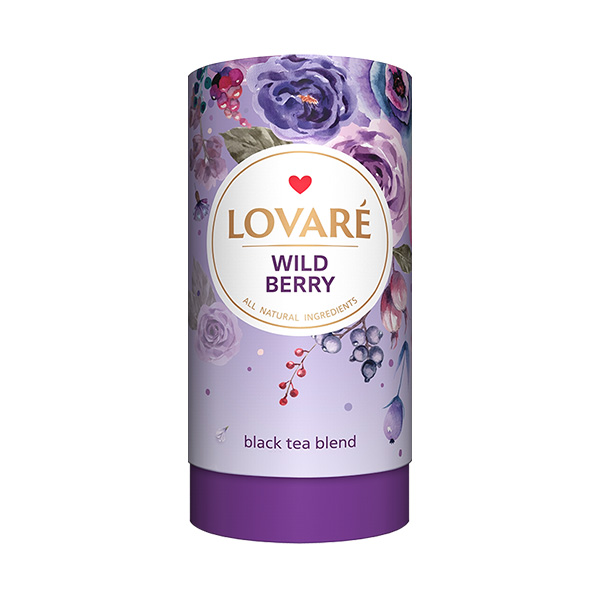
LOVARÉ Wild Berry 80g (sypaný, černý čaj)
Kč 134.62 Kč 125.82 bez DPH
LOVARÉ Passion Fruit 80g (sypaný, černý čaj)
Kč 134.62 Kč 125.82 bez DPH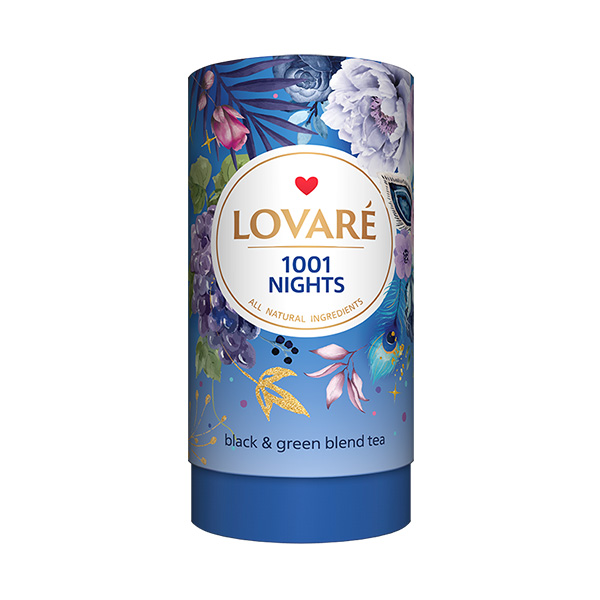
LOVARÉ 1001 Nights 80g (sypaný, černý a zelený čaj)
Kč 134.62 Kč 125.82 bez DPH
LOVARÉ Champagne Splashes 80g (sypaný, černý a zelený čaj)
Kč 134.62 Kč 125.82 bez DPH
THURSON Ripple Blitz 75g (sypaný, černý čaj)
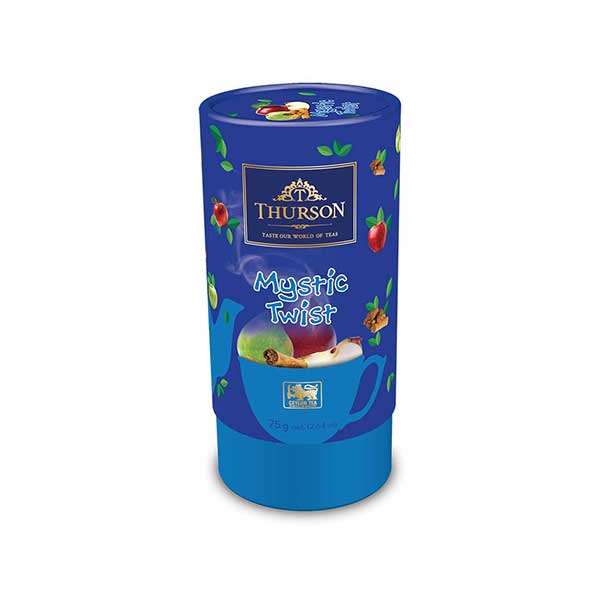
THURSON Mystic Twist 75g (sypaný, černý čaj)

THURSON Golden Wild 300g (sypaný, černý čaj)
Kč 298.10 Kč 278.60 bez DPH
Richard Royal Queen’s Choice, černý čaj (80g)

Richard Royal King’s Choice, černý čaj (80g)

HYSON BLACK Soursop OPA 100g (sypaný, černý čaj)
Kč 112.20 Kč 104.86 bez DPH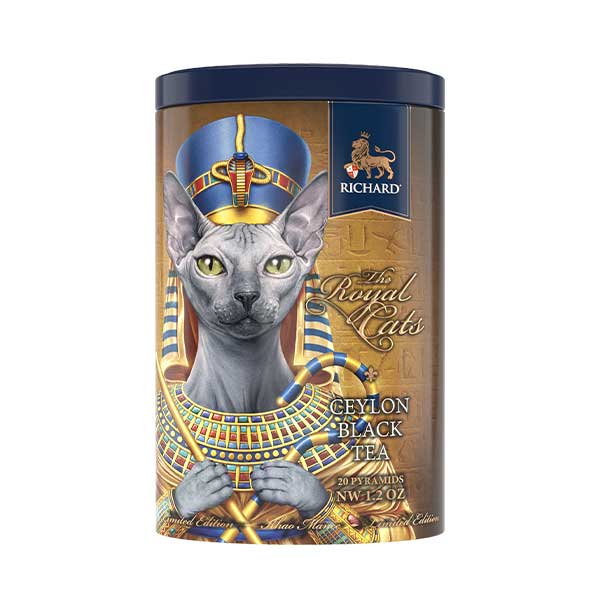
RICHARD Royal Cat SPHYNX 34g (20 pyramid, černý čaj) DMT 10/2024

RICHARD Royal Dog KING SHEPHERD 34g (20 pyramid, černý čaj) DMT 10/2024
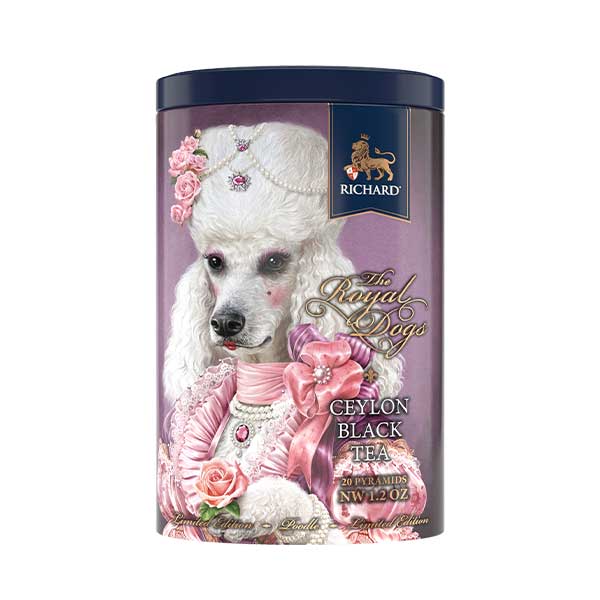
RICHARD Royal Dog POODLE 34g (20 pyramid, černý čaj) DMT 10/2024
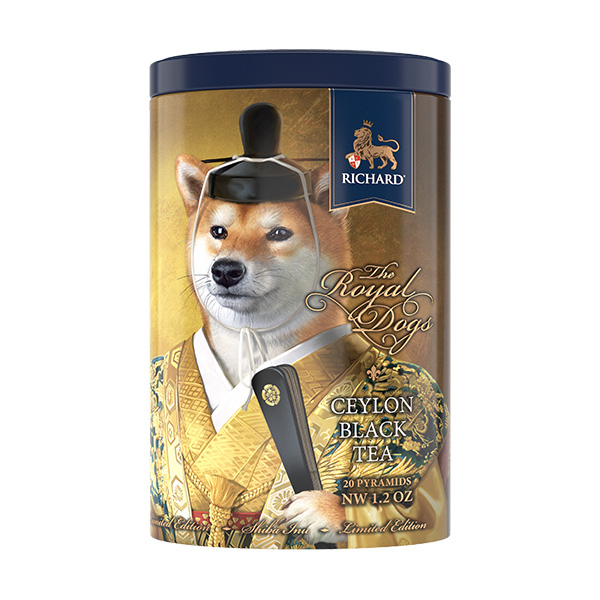
RICHARD Royal Dog SHIBA-INU 34g (20 pyramid, černý čaj) DMT 11/2024

THURSON Fruity Splash 75g (sypaný, černý čaj)
Kč 73.40 Kč 68.60 bez DPH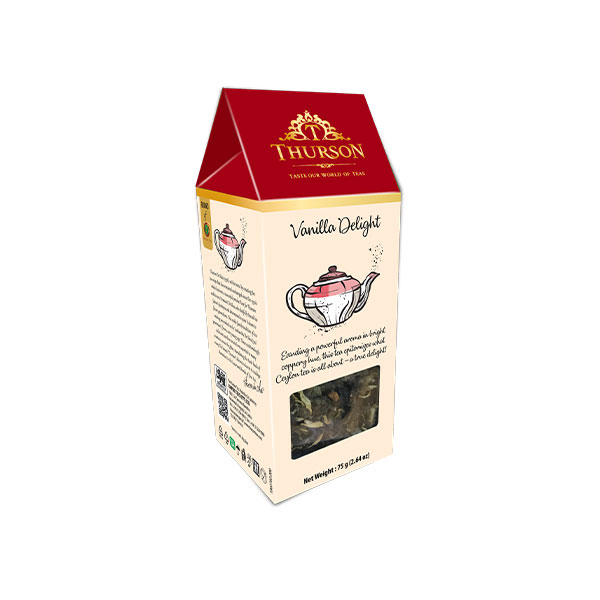
THURSON Vanilla Delight 75g (sypaný, černý čaj)
Kč 73.40 Kč 68.60 bez DPH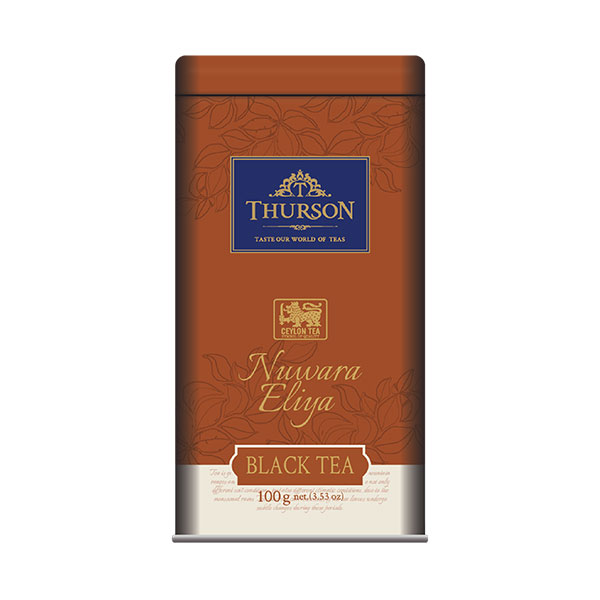
THURSON Nuwara Eliya 100g (sypaný, černý čaj)
Kč 148.30 Kč 138.60 bez DPH
THURSON Dimbula Delight 100g (sypaný, černý čaj)
Kč 148.30 Kč 138.60 bez DPHHow much milk in tea is too much milk in tea?
The amount of milk you add to your tea is a matter of personal preference. Before adding it, always taste the tea first! The ideal ratio is ¼ milk (or less) to one serving of tea.
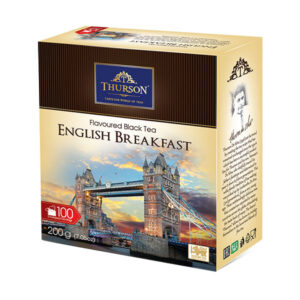
THURSON English Breakfast GASTRO 200g (100 sáčků, černý čaj)
Kč 194.67 Kč 181.93 bez DPH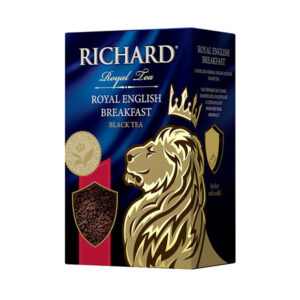
RICHARD Royal English Breakfast 90g (sypaný, černý čaj)
Kč 81.73 Kč 76.38 bez DPH
HYSON English Breakfast 40g (20 sáčků, černý čaj)
Kč 59.77 Kč 55.86 bez DPHMiffy vs tiffy
What to pour first - milk or tea? You are either a miffy ("milk first"("milk first") or a tiffy ("tea first("tea first"). There is no in-between. Both groups of people have their reasons for pouring milk or tea first into their cup.
In reality, tea used to be a very expensive drink , only available to the higher classes. The poorer people filled their cups with milk and added only a little tea . On the other hand, the wealthiest added just a drop of milk to the tea to soften its bitterness and cool it down.
From a scientific point of view, you should pour the milk first! When milk is added to tea, it heats up unevenly, which denatures the proteins, which can greatly affect the taste and appearance. Denatured proteins in milk lose their structure and cluster together.
Brewing tea in milk? It's best not to.
Some components of tea are only soluble in water, while others are soluble in fats. Milk first extracts compounds that are soluble in fats, which can bring interesting taste variations that are worth exploring. However, heating milk to 100°C is not recommended, as temperatures above 83°C can scald or burn the milk and change its taste.
Cold-brewing tea in milk (more on cold brew herezde) is a good choice because it gives the tea more time to steep, while protecting the flavor of the milk. If you want to try tea with milk or milk with tea without adding water, we recommend this method of preparation.

